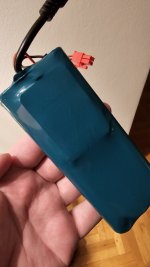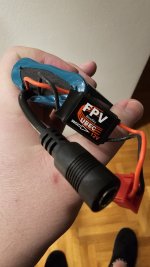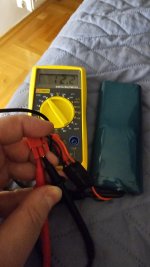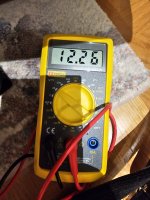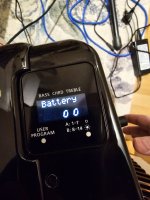no damage from undervoltage, but the rolands have a threshold voltage
below which they turn themselves off, so it can be annoying
anecdotal evidence over time from owners of various models
including the 4x suggest that there are shutdown issues that can
cause problems and these have been associated with storage and
battery packs that became depleted and other odd happenings
so i conclude that it is rather important that these things shut down
in a correct and controlled manner, and that roland designed the
low-voltage cutoff in to protect against this, though some of us
have inadvertantly found our way around this anyhow !
usually a factory reset clears the gremlins, but i think 'Sharks had to
send his back for repair once
I had a freeze, or lockup, or whatever you want to call it. Since the symptoms after this happens vary widely, and mine were more weird than usual, my dealer asvised me to send it to Roland for service. On the way to Roland, the capacitors must have finally discharged completely, because because when Roland got the accordion and powered it up, it behaved normally and none of what I had added to it was lost.
Since then, I learned a few things:
1. I checked the batteries that were in it. Two of the ten would not charge completely. That explained the lockup. It turns out that the power button on the FR-4x is not a simple switch. It’s what is referred to as a ‘soft power switch,’ meaning that it needs power to power up the accordion. I didn’t know the two batteries were bad, and I left them in the accordion for a couple of weeks without playing it. So, booting up the accordion thereafter, produced the lockup, and removing all power from the accordion cures the lockup.
2. After a lockup, the time it takes to recover from the lockup can vary from a few minutes to days.
3. It is important not to leave batteries in the accordion if you’re not going to use it for a while.
4. It’s just as important to buy a new set of batteries every six months and charge them fully before putting them in the accordion.
I’m a believer in sticking with the batteries suggested by the manufacturer. Anyway, since the accordion doesn’t leave the house anymore, I use the AC adaptor and no longer put batteries in the accordion.
